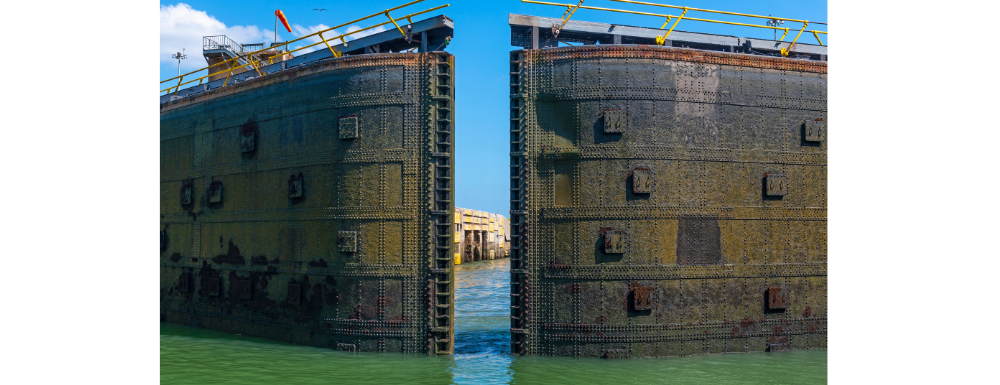There is still no letup in canal-related supply chain delays. Should delays in the Suez and Panama canals continue much longer as shipping rates continue to rise, it may force shippers to move to Plan B—air cargo.
Given the risk of attacks on container ships in the Red Sea off the Yemen coast, many are bypassing the Suez Canal. The Panama Canal continues to experience restrictions following a drought. So far, several container carriers have suspended services through the Red Sea and Suez Canal. As of December 18, all major ocean carriers besides OOCL and COSCO will pause all vessels bound for the Suez Canal via the Red Sea and Bab-el-Mandeb Strait. The route around Africa via the Cape of Good Hope is a costly and time-prohibitive solution for some, including MSC and CMA CGM ships. CMA CGM containerships scheduled to pass through the Red Sea are bound for safe areas where they will pause until further notice. Maersk, Hapag-Lloyd, ONE, HMM, and potentially COSCO seem to be diverting or halting operations. Approximately 90% of Suez Canal-bound container vessels are pausing or re-routing, removing 25% of global total capacity, inflating prices, and delaying shipments.
The prognosis is that the industry could see a milder version of the supply chain crisis seen during the worst of the pandemic. According to Xeneta analyst Peter Sand: “Depending on the scale and duration, we could see ocean freight prices increase by up to 100%”.
Re-routing via the Cape of Good Hope will increase transit times by 7-10 days, but it depends on where the vessel is when deciding to re-route, which can increase their route by 2-4 weeks.
There is a silver lining: the Suez Canal may benefit from the added security of Navy ships, ensuring safe passage by preventing attacks more consistently.
In addition to the Suez Canal disruption, the shipping industry has had to navigate restrictions the Panama Canal Authority has set on vessels due to drought-ravaged water levels.
Only 22 ships are allowed to use the canal each day, down from the usual 36 vessels per day. This has also caused delays within the global supply chain. Fortunately, rainfall and lake levels have been higher than expected, and the Panama Canal Authority decided to raise the number of daily transits to 24 starting in January.
While it may not gain significant business in the near future, air cargo demand may rise in the long term as the many costs of ocean freight continue to rise.

